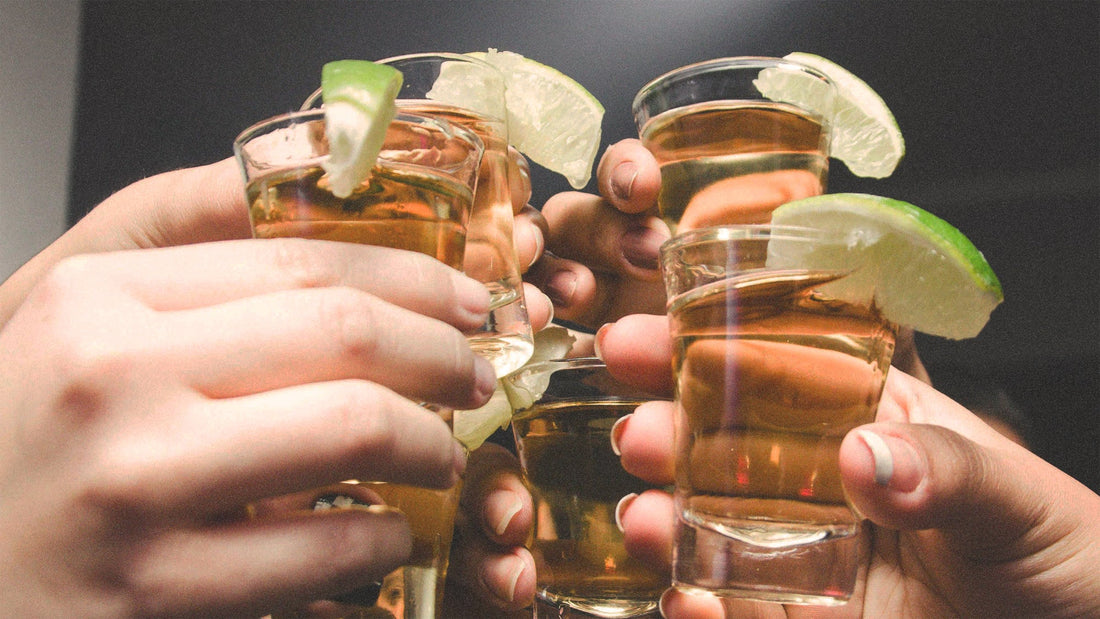
Beyond Just a Spirit: Understanding Blanco, Reposado, and Añejo Tequila
When most people hear the word “tequila,” their minds may jump to party shots, lime wedges, and salt-rimmed glasses. But real tequila—authentic, 100% agave tequila—is far more than a fiery drink for wild nights. It's a deeply artisanal spirit rooted in Mexican culture and tradition, with a complexity that rivals the world’s best whiskies and brandies. To fully appreciate tequila, one must understand its three primary expressions: Blanco, Reposado, and Añejo.
What Is Tequila, Really?
Tequila is a distilled spirit made from the blue agave plant, primarily in the region surrounding the city of Tequila in the state of Jalisco, Mexico. By law, real tequila must be made from at least 51% blue agave (though the best are made from 100%) and produced within designated areas in Mexico. The flavor of tequila is heavily influenced by its aging process, which is where the distinctions between Blanco, Reposado, and Añejo come into play.
Blanco Tequila: Pure and Unaged
Also known as silver or plata tequila, Blanco is the most straightforward expression. It is bottled immediately after distillation or after resting in stainless steel tanks for less than two months. Because it is unaged, Blanco tequila offers the purest expression of the agave plant—bright, grassy, peppery, and slightly sweet.
Blanco is favored by purists and mixologists alike. Its fresh, bold character makes it ideal for cocktails like the classic Margarita or Paloma. But don’t underestimate it—high-quality Blanco tequilas are complex enough to be sipped neat, offering a raw yet elegant experience.
Reposado Tequila: Rested and Balanced
Reposado means “rested” in Spanish. This type of tequila is aged in oak barrels for a minimum of two months and up to one year. During this time, it begins to take on a golden hue and absorbs subtle flavors from the wood—vanilla, caramel, spice—while still retaining the core agave brightness.
Reposado is a beautiful middle ground: smoother than Blanco but lighter than Añejo. It’s an excellent choice for both sipping and crafting more nuanced cocktails. Think of it as tequila’s version of a lightly aged whisky—versatile, approachable, and full of character.
Añejo Tequila: Aged and Refined
For those who appreciate depth and complexity, Añejo tequila delivers. Aged in oak barrels for one to three years, Añejo develops a rich amber color and layered flavors of oak, dried fruit, chocolate, and toasted spice. The agave character softens and integrates with the barrel notes, offering a silky and luxurious mouthfeel.
This is sipping tequila. Best enjoyed neat or with a single ice cube, Añejo invites you to slow down and savor. It's the perfect companion to dessert, a fine cigar, or a quiet night in.
Beyond Añejo: Extra Añejo and Innovations
While Blanco, Reposado, and Añejo are the traditional categories, modern tequila producers have introduced new expressions like Extra Añejo, which is aged for over three years. These tequilas are deeply complex and often compared to fine Cognacs or vintage rums.
Innovative distillers are also experimenting with barrel finishes (such as wine, sherry, or bourbon casks), showcasing how far tequila has come from its mass-market past.
Final Thoughts: Tequila Worth Savoring
Tequila is no longer just a party drink—it’s a refined spirit with deep roots and a bright future. Whether you're drawn to the crisp, herbal bite of a Blanco, the mellow complexity of a Reposado, or the rich elegance of an Añejo, there's a tequila for every palate and occasion.
The next time you reach for a bottle, choose one that tells a story—not just of the agave fields and distillation process, but of the time, patience, and craftsmanship behind each drop.
